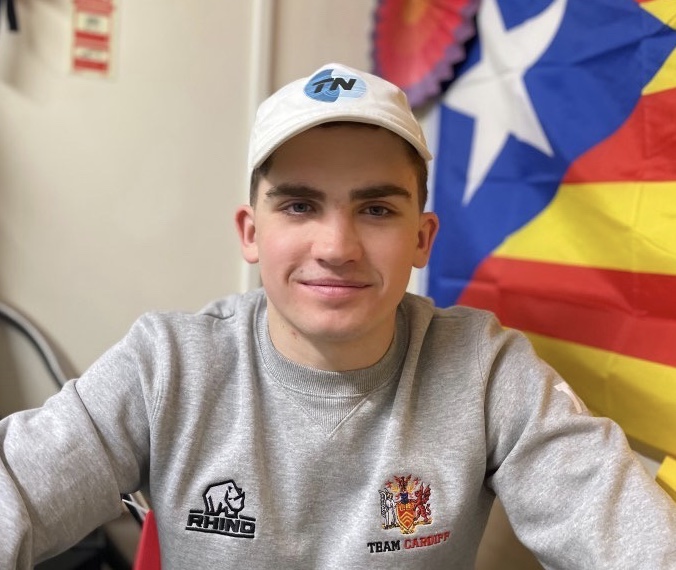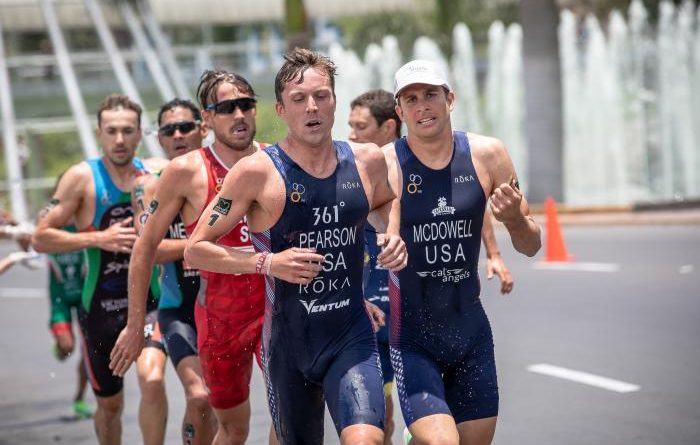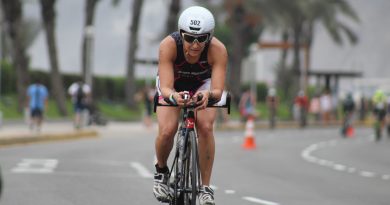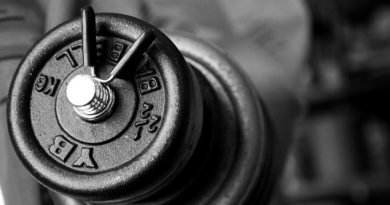Critical Velocity Training
In this article, I am going to give a brief overview of a concept known as Critical Velocity training and explain its purpose in a training program and its benefit for runners and most importantly triathletes.
What is CV Training?
Critical Velocity is defined by Tom Schwartz, who investigated and created the method whilst an Assistant Coach at University of Wisconsin-La Crosse, as a “somewhat hard” pace that “can be sustained for half an hour”. Whilst CV Training may be laughed at by some athletes, who much prefer sticking to their staple track “smash-fest sessions” or threshold runs, the training intensity of critical velocity repetitions in my experience has not only increased my fitness but also left me feeling a lot fresher for my next run or session in comparison with conventional running workouts. This is a game changer for triathletes or top-level runners who are training more than once a day and know that depleting your body of too much energy has a negative impact on the following day(s) training.
Whilst it is easy to just state plainly that CV training will make you faster, the science behind it really shows how a man with the knowledge of the human body like Schwartz can alter an athletes training to help them reach their potential. Schwartz states in a phone call published on LetsRun.com and later in a talk for the Boulder Running Clinic that CV training primarily improves the aerobic capacity of Type IIa muscle fibers. These muscle fibers are very malleable and therefore are easily manipulated through specific training to function in a certain way. Through CV training, Schwartz explains that these fast twitch fibers are now efficient consumers of oxygen and producers of sustained training.
Because of this, CV training improves an athlete’s average cruising speed. Whilst this is obviously advantageous for runners, it is undoubtedly key for triathletes who are running off the back of a hard swim and bike. Whilst pro triathletes can run very close to their pure track speed capabilities in a triathlon, no athlete can run as fast on heavy legs. By increasing an athlete’s cruising speed, one can hold a quicker pace at a sustained effort of intensity that is going to leave them with enough fuel in the tank to kick for the finish.
What evidence suggests CV training works?
Critical Velocity training or “CV Training” is a method which is said to be the optimal training for distance athletes and when you look at the evidence, it is hard to dispute this claim. Whilst the method is relatively unknown in the UK, across the Atlantic it has been applied successfully to several athletes training programs. The man behind CV training is the fabled yet in my opinion under rated running coach Tom “Tinman” Schwartz.
As well as having a bachelors and masters degree in Exercise Science, Schwartz is the head coach of Tinman Elite, the extremely popular running group from Boulder, Colorado who have come to prominence thanks in part to their spectacular running performances but also their social media nous, willingness to interact with fans and hit YouTube series “Inside Tinman Elite”. In 2019, Schwartz coached three of the group members to the World Athletics Championships 5000m qualifying standard of 13.22.50 – Sam Parsons of Germany, Jordan Gusman of Malta and US High School sensation turned Adidas pro runner Drew Hunter.
Another member of the Tinman Elite group is USA triathlete Morgan Caldwell Pearson. Pearson is a two-time team NCAA DI XC Champion with the Colorado Buffs and holds a 5000m personal best of 13.32. In 2019 he showed his pedigree as a triathlete, finishing as the top ranked American Triathlete ahead of Matt McElroy (Leeds WTS Silver Medalist) and started 2020 as the 20th ranked triathlete in the world. In addition to his impressive ranking, Pearson not only placed on the podium in the Huatulco and Santa Domingo ITU World Cups, but also ran away from the field to win the USA National Cross-Country title. Whilst Pearson is a strong swimmer and cyclist, his blistering run speed which he credits to Tinman’s training is sure to strike fear into the heart of his competitors if he is in the mix coming off the bike.
Lastly, Tinman has proved that his training methods not only work for elite level runners and triathletes, but also high school athletes. For the 2020 indoor season, two of his athletes from Connecticut, Gavin Sherry and Aidan Puffer (Both Sophomores – 15 to 16), had the No1 and No3 times for the country in the two mile. Sherry ran 8.50 and Puffer 8.54 and later in 2020 both ran an 8.52 in an outdoor two-mile time trial. This time (8.52) according to Mile’s Splits conversion calculator corresponds to an 8.15 3000m, which would place them both at the top of the UK’s 3000m rankings for U17’s in 2019 by 7 seconds and 2nd in the UK’s U20 rankings for the same year. Let that sink in, two athletes under Schwartz’s tutelage from one of the US’s 50 states would be amongst the best junior runners in the country at the age of 15/16. Surely his staple session, the CV workouts play a part in this?
What type of CV Sessions can I do?
Examples of CV sessions are given by Tinman in the video included below.
Session #1 – 5 to 7 x 1km @ CV Pace with 200m jog recovery + 5 x 200m @ Mile Pace
Session #2 – This is my variation of the session in time which can be done where you do not have a measured course or are running on a different surface such as trail or grass – 5 to 7 x 3 minute @ CV Pace/Effort with 1 minute jog recovery + 5 x 30s-45s @ Mile Effort.
( You can calculate your CV pace on Tom Schwartz’s website, www.runfastcoach.com )
CV training would be a real asset to anyone’s training program. By using this training method, whenever the next race may be, you’ll be fitter than ever before.





